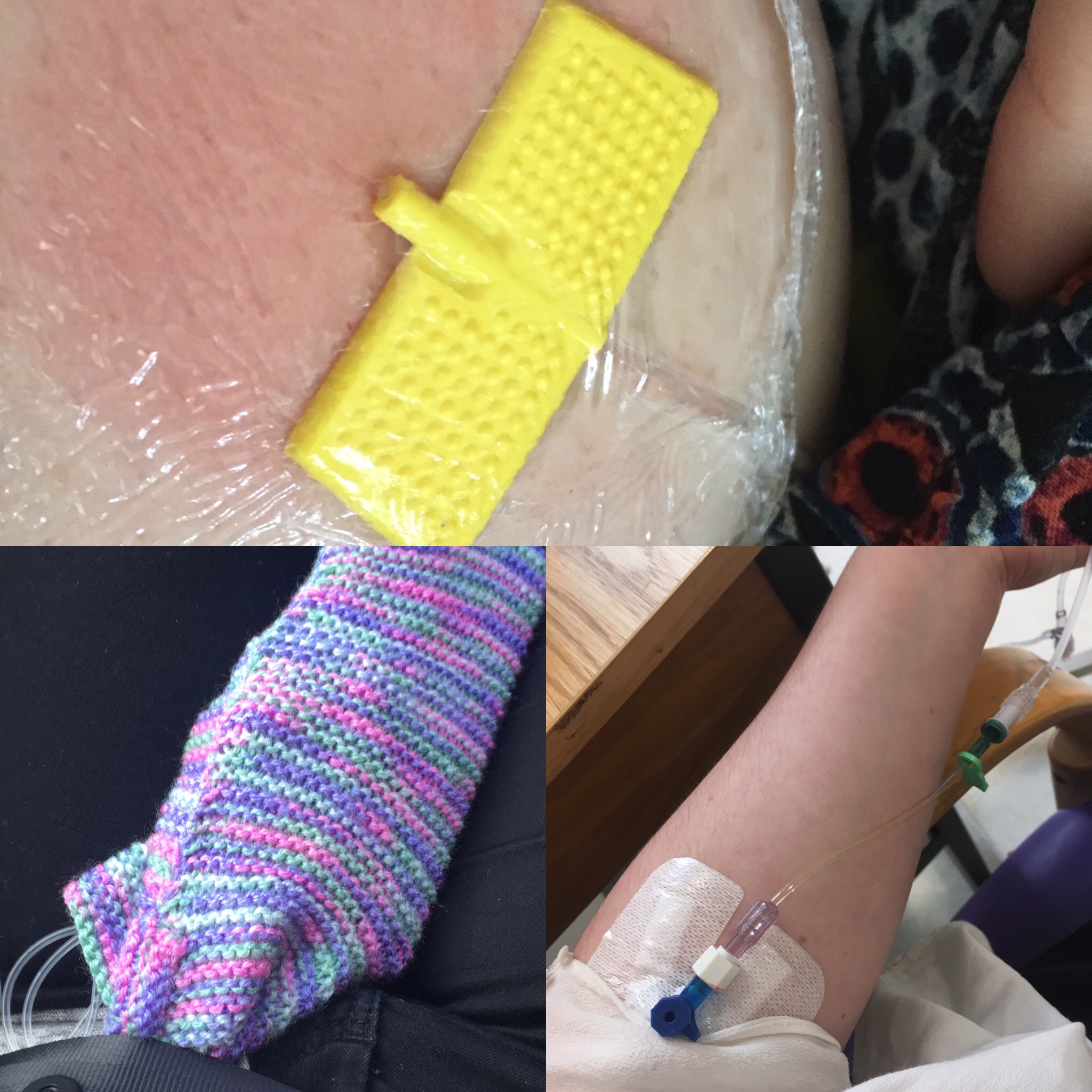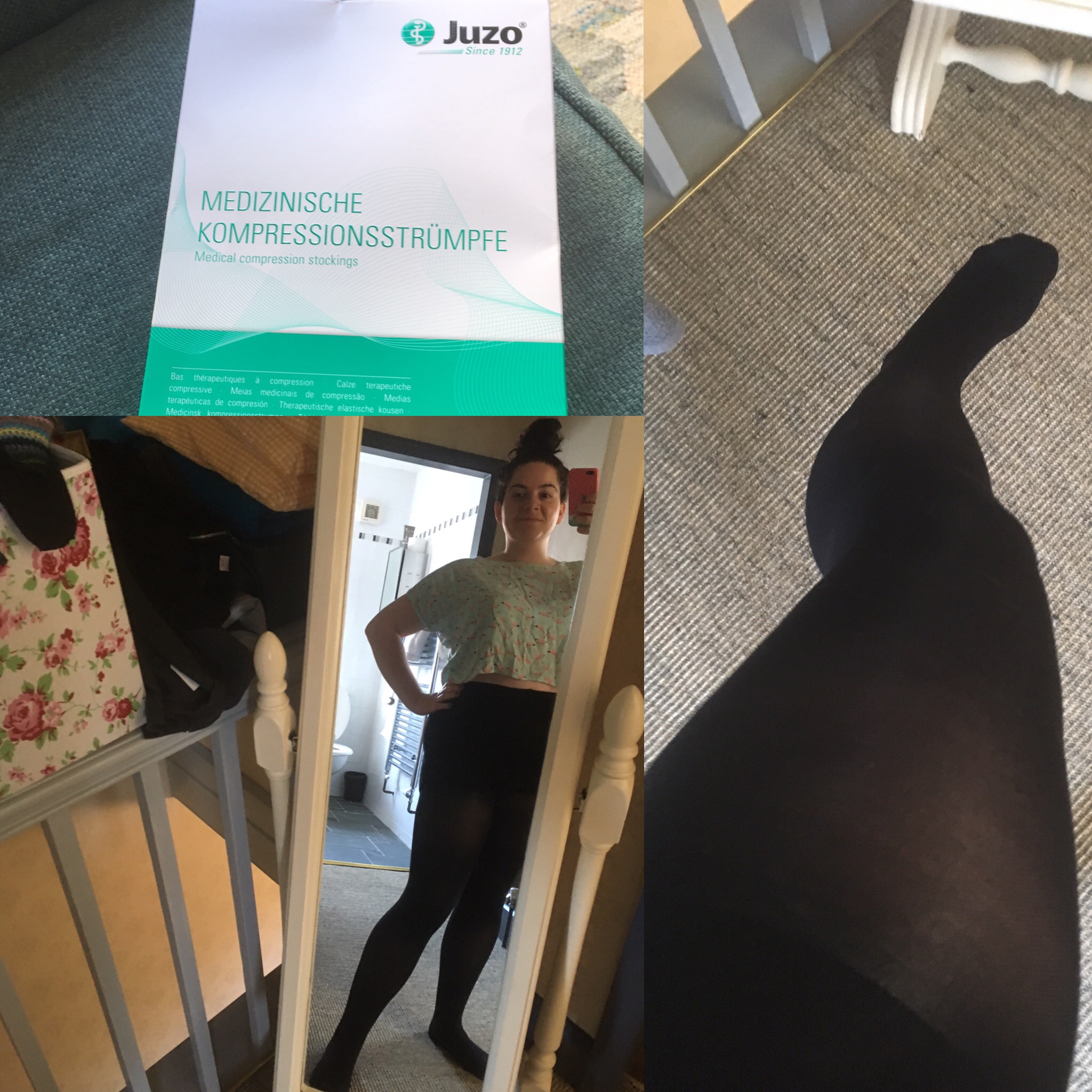Nausea and syringe drivers
The last few days have been pretty rough as I have been really suffering with nausea. Had my chemo on Wednesday and felt ok, woke up on Thursday, chundered and felt so sick I couldn’t eat or drink anything.
I was expecting to have a review after my radiotherapy, but there was some mix up with it so I didn’t get my review and was sent to the Acute Oncology Service instead (kind of like A&E/AMU for people with cancer). The doctor I saw there was concerned that I was dehydrated and gave me some fluids. She also said she wanted me to have a syringe driver…I can’t help but relate a syringe driver with end of life care but the doctor explained that whilst I am being sick the absorption of oral medications is erratic and delivering it through a syringe driver offers more control. So after several hours, they sent me home with a syringe driver delivering ondansetron and metoclopramide. Went back yesterday to have it refilled and a district nurse is going to come and do it today and tomorrow. So I’m spending the hottest day of the year so far stuck in waiting for a nurse.
A syringe driver is exactly what it sounds like…the prescribed medication is drawn up into the syringe which is then put into a pump (or driver). The nurse sets the rate at which the medication will be administered and it is delivered through a small needle which sits just under your skin, so you are getting a continuous subcutaneous (under the skin) infusion. It is usually changed every 12-24 hours depending on the care setting and the medication.
I still feel pretty shitty, the drugs have relieved the symptoms slightly so that I am able to eat and drink a bit but I still feel sick constantly. I am still eating loads of ice lollies and also lots of sparkling water. I noramlly drink about 3 litres of water a day but I just can’t at the moment. Hopefully this will ease of the next couple of days and I really hope they can come up with a more permanent solution than the syringe driver. The nurse spent ages trying to find me a nice bag to put it in…I’m not sure the one she picked is exactly my style but I appreciate the effort! I definitely feel more self conscious with it, because up until now I haven’t had to deal with looking like a sick person (my treatment isn’t giving me any externally visible side effects), whereas with the syringe driver people can see the bag and tubing.



